Sustainability Initiatives in Bopp Dielectric Film Market
Sustainability initiatives are becoming a pivotal driver in the Bopp Dielectric Film Market. With increasing awareness regarding environmental issues, manufacturers are focusing on producing eco-friendly dielectric films. This includes the development of recyclable and biodegradable Bopp films, which align with global sustainability goals. The shift towards sustainable materials is not only a response to regulatory pressures but also a reflection of changing consumer preferences. As a result, companies that prioritize sustainability are likely to gain a competitive edge in the market. The demand for sustainable dielectric films is expected to grow, potentially increasing market share for those who innovate in this area.
Technological Advancements in Bopp Dielectric Film Market
The Bopp Dielectric Film Market is experiencing a surge in technological advancements that enhance the performance and efficiency of dielectric films. Innovations in manufacturing processes, such as improved extrusion techniques and advanced coating methods, are leading to higher quality films with better dielectric properties. These advancements not only improve the electrical insulation capabilities of Bopp films but also contribute to their durability and longevity. As a result, manufacturers are increasingly adopting these technologies to meet the growing demands of various applications, including capacitors and insulation materials. The market is projected to witness a compound annual growth rate (CAGR) of approximately 5% over the next few years, driven by these technological improvements.
Expansion of Automotive Applications in Bopp Dielectric Film Market
The automotive sector is increasingly becoming a vital driver for the Bopp Dielectric Film Market. With the rise of electric vehicles (EVs) and advanced driver-assistance systems (ADAS), the demand for high-quality dielectric materials is on the rise. Bopp dielectric films are essential for insulation in various automotive components, including batteries and electronic control units. As the automotive industry continues to evolve, the need for reliable and efficient dielectric films is expected to grow. Market analysts predict that the automotive applications of Bopp dielectric films could see an increase in demand by approximately 5% annually, reflecting the industry's shift towards more sophisticated and electrified vehicle technologies.
Growth in Renewable Energy Applications in Bopp Dielectric Film Market
The Bopp Dielectric Film Market is witnessing growth driven by the increasing adoption of renewable energy technologies. As the world shifts towards sustainable energy sources, the demand for efficient insulation materials in solar panels and wind turbines is rising. Bopp dielectric films are utilized in various renewable energy applications due to their superior dielectric strength and thermal stability. This trend is expected to continue, with the renewable energy sector projected to grow significantly, potentially leading to a 7% increase in the demand for Bopp dielectric films over the next few years. The alignment of Bopp films with renewable energy initiatives positions them as a crucial component in the transition to sustainable energy solutions.
Rising Demand in Electronics Sector within Bopp Dielectric Film Market
The electronics sector is a significant driver for the Bopp Dielectric Film Market, as the demand for high-performance dielectric materials continues to rise. With the proliferation of electronic devices, including smartphones, tablets, and electric vehicles, the need for reliable insulation materials is paramount. Bopp dielectric films are favored for their excellent electrical properties, making them ideal for capacitors and other electronic components. The market for Bopp dielectric films in the electronics sector is anticipated to expand, with projections indicating a potential increase in demand by over 6% annually. This trend underscores the critical role that Bopp films play in supporting the growth of the electronics industry.


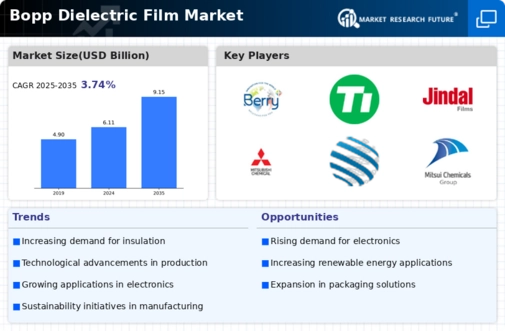
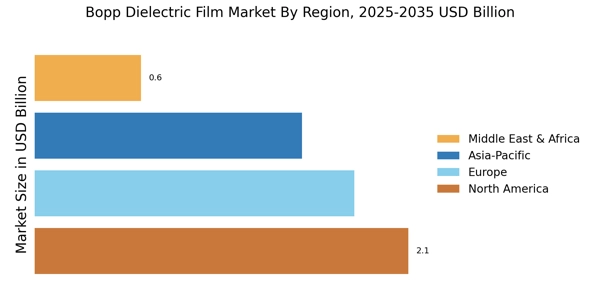
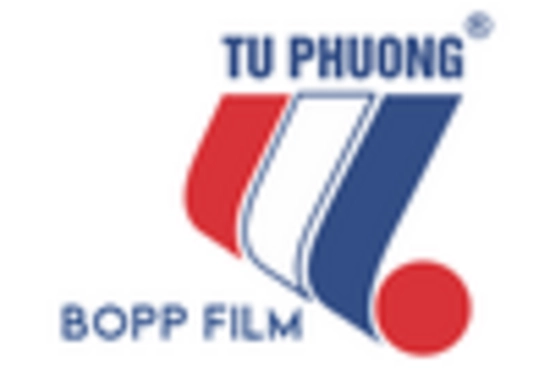
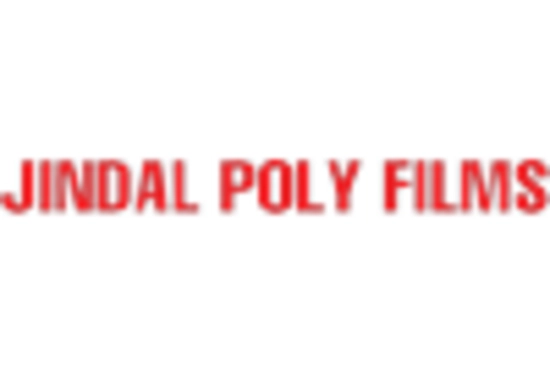
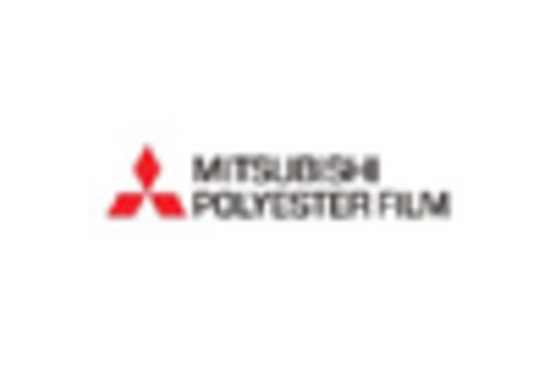
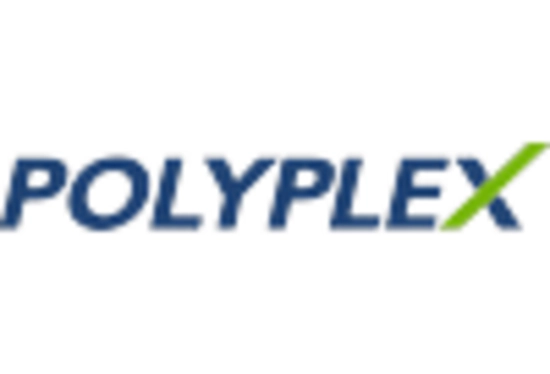

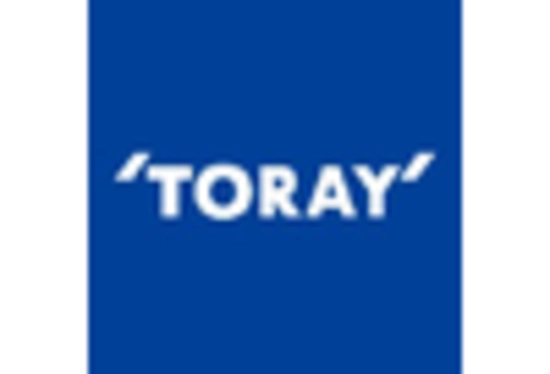








Leave a Comment